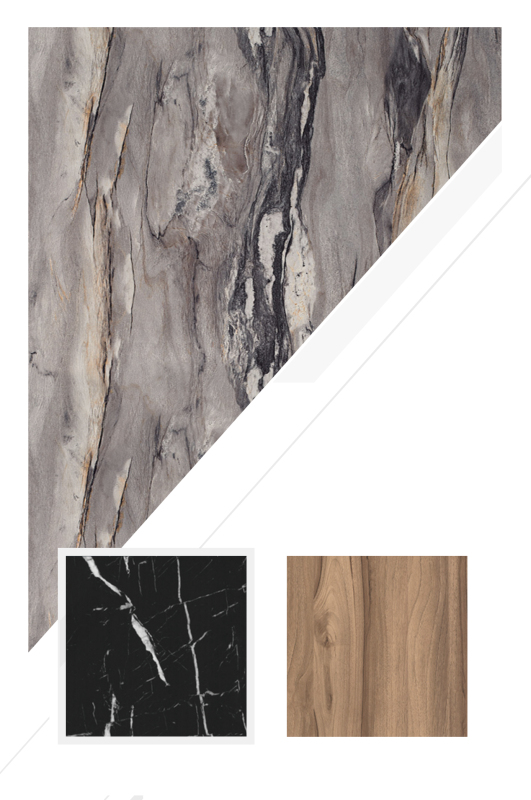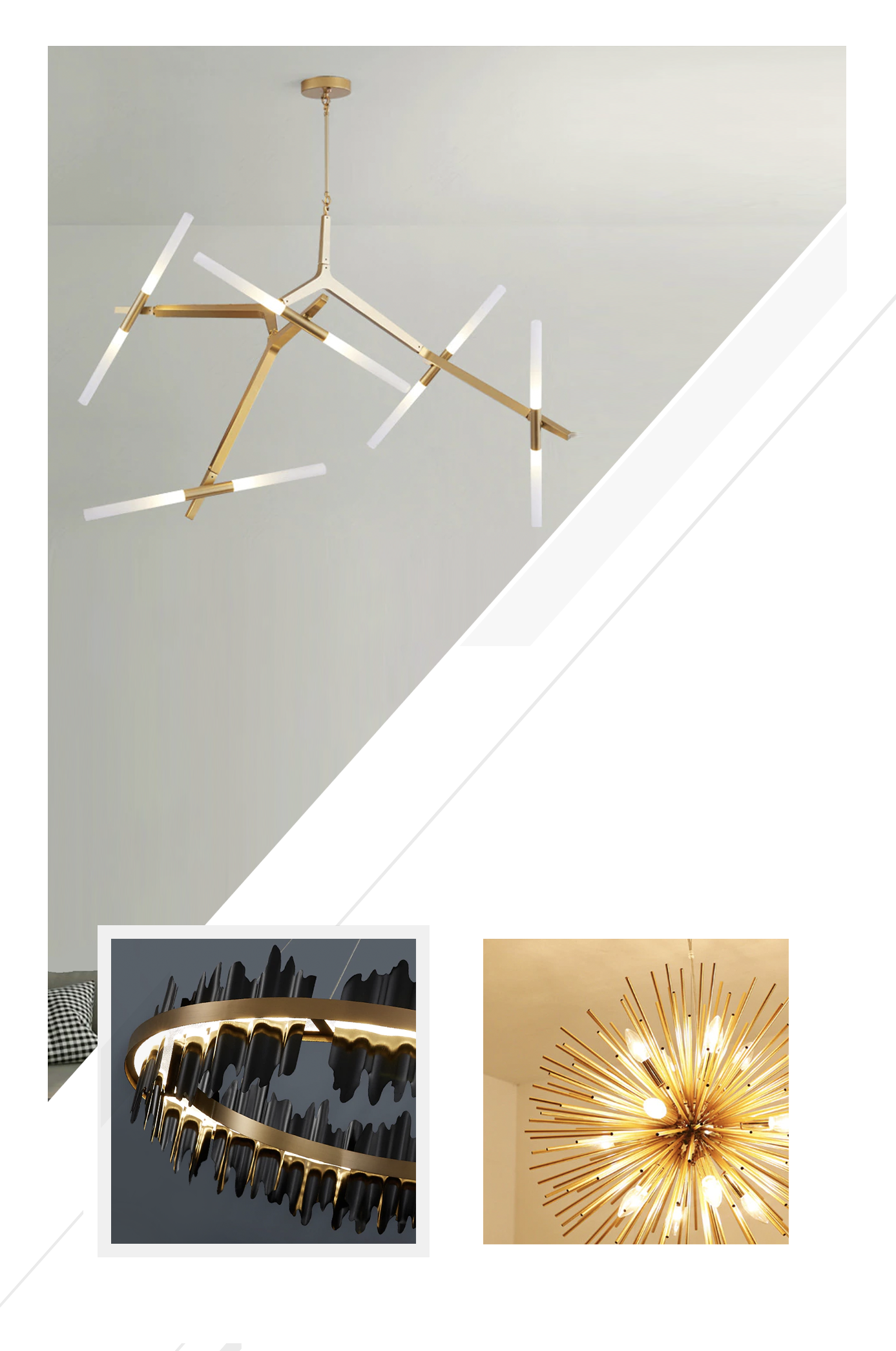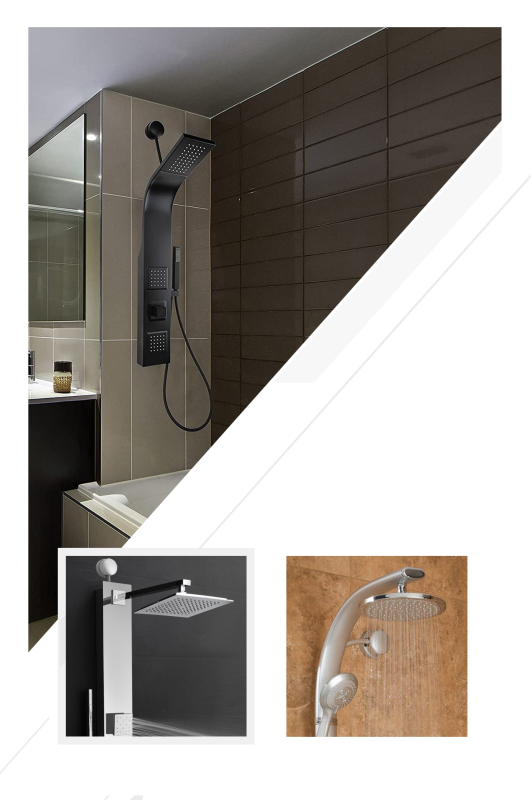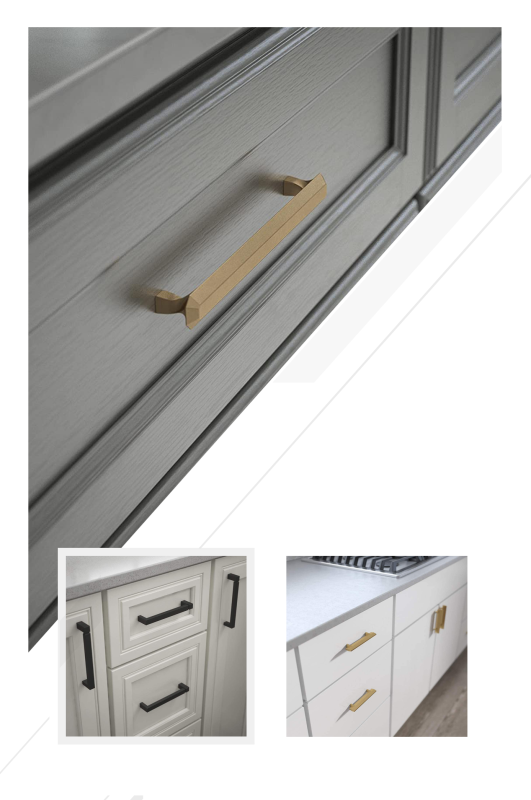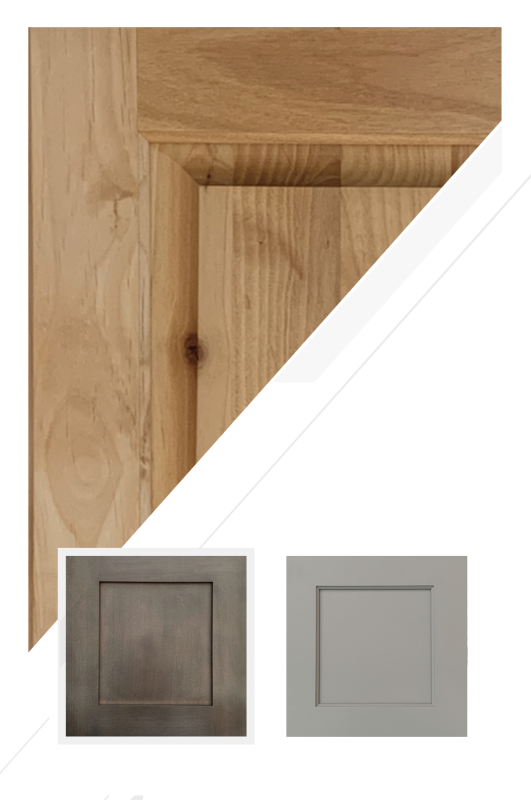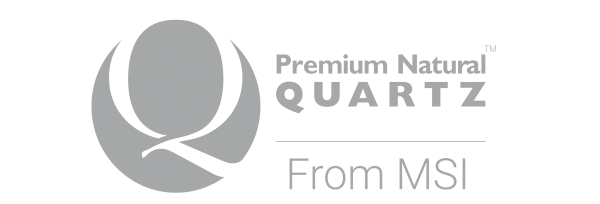From First Call to Keys: City-by-City Rebuild Timeline in California Fire Zones
By Joy Line Homes California
Wildfire recovery has two clocks. One measures money and one measures morale. Families in Los Angeles, Ventura, Santa Rosa, Napa, and Paradise need both clocks to move in the right direction. Joy Line Homes organizes each rebuild on a steady timeline that respects local rules and community rhythm while using modular speed to cut delay. The result is a path from first call to keys that feels clear, humane, and financially responsible.
This city by city guide explains how our timeline works in real neighborhoods. You will see the same core sequence in every region, then the local adjustments that keep momentum strong. The promise is simple. No guesswork, fewer surprises, and a home that is ready for California’s fire and weather realities.
Phase 1: Feasibility and Paperwork Order
The first days set the tone. Joy Line opens a shared folder and checklist that collect proof of loss, debris manifests, soil tests, copies of your policy, and basic parcel data. We measure setbacks, confirm access, and study WUI maps. If an ADU is part of the plan, we sketch placements that support defensible space and future courtyards. A short call aligns budget reality with scope and schedule. You leave the call with tasks that are easy to complete and a calendar that shows the next milestone in plain language.
Insurance and permitting depend on clean records. We prepare a single binder that becomes the backbone of your project. Adjusters, lenders, plan reviewers, and inspectors see the same information, which reduces questions and shortens every step that follows.
Phase 2: Design That Serves Timeline and Life
Design protects time when it respects the site and the code. Joy Line shapes clean roof forms, enclosed eaves, and ignition resistant exteriors that pass WUI review and look modern. Window patterns fit street rhythm in neighborhoods and open to courtyards in rural settings. Interiors are sized for comfort and budget control. If funds are tight, an ADU first plan brings the family home quickly and becomes a long term asset. Drawings move from schematic to permit with clear milestones and cost checks so decisions feel calm instead of rushed.
Every detail serves speed and safety. Foundation choices match soils and access. Utility routes are simple and labeled. The design reads as quiet and strong because quiet and strong pass inspection the first time.
Phase 3: Submittal, Factory Start, and Site Prep
Modular advantage begins here. While plans are reviewed, the factory procures materials and books a production window. On site, foundations and utilities move forward under approved components. Because modules are inspected indoors, the field inspection focuses on base, connections, and final. This parallel path is the heart of the schedule. Weather does not stall framing. Materials do not sit exposed. Crews work in a clean sequence that is easy to verify for lenders and carriers.
Neighbors are briefed on the set plan and traffic notices. Calm communication builds support on the block, which matters on crane day when streets and sidewalks need short, clear closures.
Phase 4: Set Day to Weather Dry
Set day is a choreography. Trucks arrive in order. The crane places modules on anchors that have been checked for height and diagonal. Roof seams close. Marriage walls align. Eaves and vents are sealed. By nightfall the home is weather dry and secure. This single day protects the interior, speeds finish, and lifts morale. Families see rooms instead of drawings. Neighbors see progress and a tidy street. Inspectors see organization and a plan that matches the permit set.
From here, the finish path is predictable. Trades complete connections, the envelope reaches full air seal, and interiors move to a steady punch list that ends with a simple walk through and a calm handoff.
Los Angeles: Hillsides, Wind, and Access
Los Angeles rebuilds often happen on slopes with narrow streets. Joy Line prepares crane studies, turn radii maps, and staging pads that keep traffic moving. Raised steel platforms protect underfloors and utilities, then serve maintenance for years. Glazing is oriented for morning light and shaded on hot west faces. Vents are ember resistant, eaves are enclosed, and roof edges are simple to limit turbulence. ADUs land near existing service points for quick hookups that shorten additional living expense.
Permitting moves faster when drawings show WUI assemblies in clear callouts. Field inspectors know what to expect because the plan set reads like the site. That alignment saves days at each checkpoint and keeps everyone working the same list.
Ventura: Coastal Air and Canyon Gusts
Ventura sits between salt and wind. We specify corrosion resistant fasteners, concealed metal clips, and coated components for decks and railings. Enclosed framing removes ember traps. Deep porches shade interiors and calm airflow at eaves. Planting palettes use coastal tolerant species arranged in low fuel clusters with gravel joints. Foundations and hardware are detailed to handle moisture without creating maintenance headaches. The timeline benefits because inspectors see durable choices that match place and code, which makes approvals straightforward.
Neighborhood courtesy is part of the schedule. Early morning deliveries avoid beach and school traffic. Streets are cleaned at the end of each set day. Crews work with a professional pace that neighbors remember for the right reasons.
Santa Rosa: Neighborhood Rhythm and Slab Speed
In Santa Rosa, many lots are small and close to the street. Joy Line respects the rhythm with entries that face the sidewalk, window patterns that align with neighbors, and quiet rooflines. Slab on grade foundations deliver inspection clarity and quick sets. Fiber cement exteriors, tempered glazing, and enclosed soffits read as timeless and pass Chapter 7A checks without drama. ADUs near driveways free up side yards for clean five foot non combustible bands that look like intentional modern edging.
Because the design is simple and the details are disciplined, the project avoids change orders. Predictable work builds trust with local inspectors who value tidy sites and organized paperwork. The calendar holds because the story is easy to follow from application to final.
Napa: Rural Character and Defensible Courtyards
Napa parcels invite long views and outdoor rooms. Joy Line positions homes and ADUs to create courtyards that cool the plan and interrupt wind. Deep shade structures and non combustible hardscape shape Zone Zero while elevating daily life. Roofs stay simple, eaves are closed, and vents carry ember screens. Foundations range from slabs to helical piles depending on soils and access. Utility routes are placed with sleeves and shutoffs that are easy to find during inspection and service.
Energy modeling supports smaller, quieter equipment because shading and envelope quality lower loads. That combination saves money up front and lowers monthly bills. Lenders appreciate the efficiency story, carriers appreciate the safety story, and owners appreciate the comfort story. Timeline and life move together instead of against each other.
Paradise: Disturbed Soils and Narrow Lanes
Paradise presents tight access and variable ground. Joy Line uses helical piles and grade beams to reduce excavation and protect roots and utilities. Modules are sized for small pick plans, which keeps streets open and neighbors at ease. ADUs often go first, creating an immediate home base on the property and reducing temporary housing costs. Defensible space is built into the layout with clear five foot non combustible bands, enclosed decks, and metal fence returns near the structure.
Documentation is the time saver. Pile logs, inspection photos, and clear product data accompany submittals and claim supplements. Reviewers and carriers see a tidy record. Approvals follow the record. Schedules hold because the paperwork and the site match line by line.
What Shortens Time to Keys
Three habits shorten almost every rebuild. First, document once and reuse the record. The same binder serves permits, inspections, lenders, and insurance. Second, design for inspection. Simple forms and clear assemblies pass quickly and perform for decades. Third, use modular sequencing so factory work and site work happen together. Weather does not stop progress and deliveries arrive on a rhythm that trades and neighbors can count on.
Behind those habits are small choices that matter. Hose bibs and shutoffs where inspectors expect them. Labeled disconnects. Door hardware that meets accessibility without fuss. Vent screens that can be cleaned with a vacuum. These details seem minor, yet they turn reviews into routine steps and ownership into easy maintenance.
Where an ADU Changes Everything
An ADU can compress the calendar and stretch the budget. It returns the family to the property while the main house takes shape. It becomes a guest suite, studio, or rental that helps pay the mortgage. It shares courtyards and hardscape with the primary home so defensible space looks like design, not a rule. Joy Line builds ADUs with the same WUI assemblies and factory precision as larger homes, which means they set quickly and live comfortably from day one.
City by city, the logic holds. Los Angeles uses ADUs to solve hillside access and utility proximity. Ventura uses them to respect coastal winds and corrosion limits. Santa Rosa uses them to fit neighborhood rhythm and reduce review cycles. Napa uses them to frame outdoor rooms. Paradise uses them to bring people home right away. In every case, the calendar improves.
Living With the Timeline
Recovery feels better when weeks have meaning. Joy Line shares a weekly note that lists what happened, what is next, and what decisions sit on the horizon. The note includes photos from factory and site so progress is visible, not abstract. When you know where you are in the sequence, you can make choices with confidence and keep the family focused on the return home rather than the wait.
The Joy Line Perspective
Timelines are not just dates on a calendar. They are promises to families and neighborhoods. Joy Line Homes delivers on those promises by aligning design, documentation, and modular sequencing with local conditions in Los Angeles, Ventura, Santa Rosa, Napa, and Paradise. We make safety visible, paperwork clear, and set day a calm event that the block is proud to witness. From the first call to the moment you turn the key, the path is steady. That is how budgets recover, spirits lift, and communities write their next chapter together.
About Joy Line Homes
Joy Line Homes builds modular residences and ADUs across California with WUI centered assemblies, factory precision, and documentation that keeps reviews and inspections on schedule. We help fire affected families return home sooner while delivering quiet, efficient spaces that last.
Visit JoyLineHomes.com to request a city specific rebuild timeline for your property.
We are based in Santa Cruz County ,
California
Tel: (831) 888-Home
Email: info@joylinehomes.com
Business Hours: 9am - 6pm

